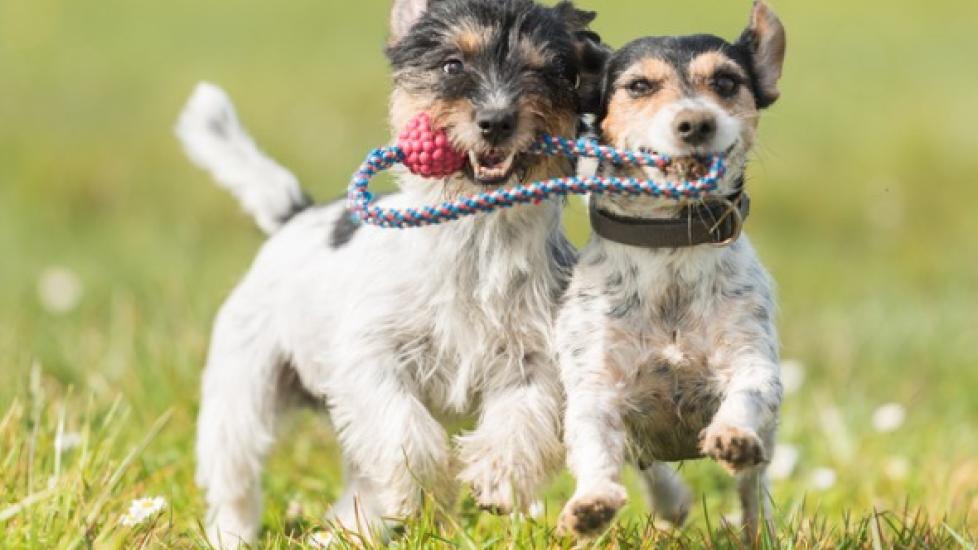In a world where our furry companions have become an integral part of our lives, the desire for them to socialize and interact with other dogs is natural. However, not all canine friends are created equal; some may shy away from the company of their own kind, leaving pet parents scratching their heads or feeling frustrated. If you find yourself in this predicament, know that you’re not alone—many dog owners face similar challenges when it comes to helping their pets navigate the complex social dynamics of the doggy world. In this article, we will explore practical strategies and tips on how to handle situations where your beloved pooch prefers to keep its distance from other four-legged friends.
Understanding Canine Communication
Before diving into solutions, let’s first understand why some dogs might avoid socializing. Dogs communicate through body language, scent marking, vocalizations, and direct interactions. A dog that doesn’t engage with others could be doing so out of fear, anxiety, or past negative experiences. It’s crucial to recognize these signals and address any underlying issues gently but firmly.
Creating a Safe Environment
The key to successful socialization lies in creating a comfortable environment where your dog feels secure enough to approach new canine acquaintances at its own pace. Start by introducing your pup to friendly, relaxed dogs one at a time in neutral locations like parks or fenced areas. This allows your dog to gradually build confidence without being overwhelmed by too many unfamiliar stimuli simultaneously.
Positive Reinforcement Training
Reward-based training methods are highly effective in encouraging desired behaviors. Whenever your dog shows signs of interest in another dog, even if it’s just a few steps closer, praise him enthusiastically and offer treats as a reward. Over time, this positive reinforcement will encourage more interaction while building trust between you and your pet.
Professional Help
If you suspect that deeper emotional issues are preventing your dog from socializing, consider seeking help from a professional animal behaviorist or a veterinarian experienced in behavioral medicine. They can provide personalized advice tailored to your dog’s specific needs and potentially recommend therapy sessions or medications if necessary.
Playtime Activities
Engage in play activities designed to promote social skills within your dog’s comfort zone. For example, playing fetch together can create a fun bonding experience while also teaching patience and turn-taking, which are essential components of healthy relationships among dogs. Additionally, puzzle toys or interactive games can stimulate mental engagement, which often leads to increased sociability.
Consistent Routines
Dogs thrive on routine, and consistency can contribute significantly to reducing stress levels. Providing regular walks around familiar routes can help your dog feel safe and confident, making it easier for them to observe and potentially join in with other passing pups.
Conclusion
Socializing your dog requires patience, understanding, and a willingness to adapt to his unique personality and needs. By implementing these strategies consistently over time, you’ll likely see gradual improvements in how your furry friend interacts with the canine community. Remember, every dog has its own timeline for overcoming fears and embracing new experiences. As long as you remain supportive and persistent, there’s hope for a happier, healthier relationship between your dog and the wider world of woofers!
